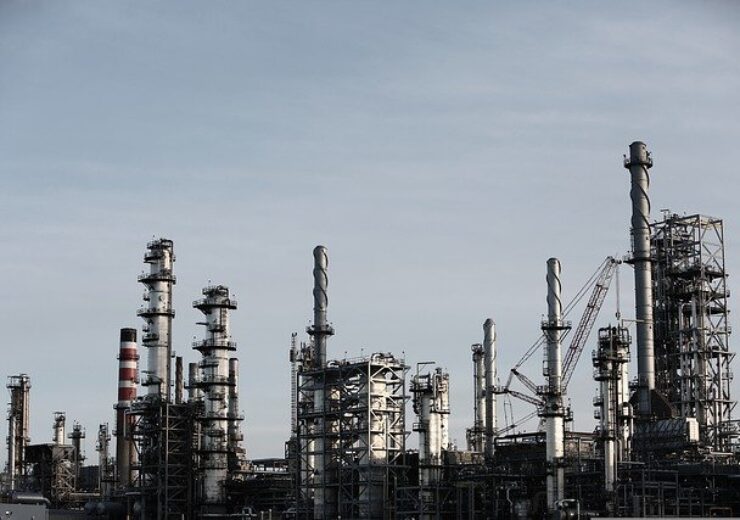The refinery project will have to enable the extraction and separation of rare earth elements and critical minerals from mining waste and other unconventional sources

President Biden’s Bipartisan Infrastructure Law will provide the funding for the critical minerals refinery. (Credit: LEEROY Agency from Pixabay)
The US Department of Energy (DOE) has announced a funding of $156m from President Joe Biden’s Bipartisan Infrastructure Law to establish the country’s first-of-a-kind critical minerals refinery.
The refinery project will have to enable the extraction and separation of rare earth elements and critical minerals from unconventional sources such as mining waste.
According to the DOE, rare earth elements and other highly important minerals are essential to domestically manufacturing clean energy technologies like wind turbines, solar panels, hydrogen fuel cells, and electric vehicles.
US Secretary of Energy Jennifer Granholm said: “President Biden’s Bipartisan Infrastructure Law provides America with a historic opportunity to turn legacy waste into the components of clean energy technology in a way that bolsters domestic supply chains and enhances our national security.
“The demand for clean energy technology continues to grow at a rapid pace and an American-made critical minerals refinery will help generate jobs and increase our competitiveness on the global stage.”
Presently, the US is importing over 80% of its rare earth elements from offshore suppliers for the production of clean energy technologies and other essential products like computers, smartphones, and medical equipment.
The new initiative aims to extract valuable rare earth elements and other critical minerals from billions of tons of coal waste and ash, discharged water, and acid mine drainage. These streaming from mining, energy production, and associated activities can be repurposed into clean energy technologies, said the DOE.
The funding opportunity announcement (FOA) invites proposals from academic institutions in the US for a front-end engineering design study. It will be followed by the design, construction, and operation of a domestic demonstration plant.
As per the DOE, the facility will be used for extracting, separating, producing, and refining rare earth elements and other critical minerals from the waste streams from energy production and mining.
In addition to prioritising environmental justice when choosing project sites, the selected applicant will have to maximise opportunities for local workforce development for operating the pilot critical minerals refinery.
Furthermore, throughout the project, the chosen applicant is ought to interact with historically underserved communities through community outreach and consultations.
